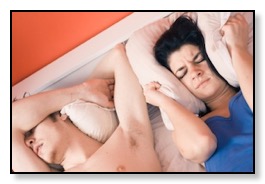
The term apnea has its origins in the Greek language and means “without breath”. This choice of words describes the symptoms of the condition accurately, as it often forces the patient to stop breathing repeatedly during a “typical” night of sleep.
Although there are three types of sleep apnea - obstructive, central, and mixed – it is the obstructive variety that is the most common. It is known as OSA (obstructive sleep apnea) and it causes the upper airway to repeatedly collapse upon itself, and leads to inadequate breathing (hypopnea).
Is it a rare condition? No, it affects around 5% of the population in the United States, which translates to roughly 18 million people. While a bit of snoring and snorting during the night might seem like a mild issue for this portion of the population to live with, OSA actually comes with some serious health risks. The long term effects of the condition can lead to such problems as hypertension, stroke, cardiac arrhythmias, and myocardial infarction.
Sleep apnea has even been linked to diabetes as one of the body's responses to the apnea event is to release insulin into the bloodstream. Even the short term effects are bad and can include serious daytime drowsiness, poor concentration or judgment, morning headaches, and overall lower quality of life. Are there any treatments for obstructive sleep apnea? Yes, and one of the most common treatment is known as CPAP, or the Continuous Positive Airway Pressure.
What is CPAP?
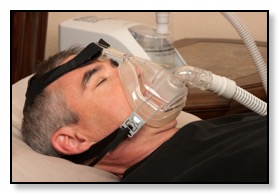
All CPAP devices will attempt to provide the appropriate amount of airflow to keep a steady flow of oxygen heading into the lungs. This stops the vicious cycle of sleep apnea from occurring, and allows the patients to get the deep sleep that they need. It is essential to understand that the process of REM (rapid eye movement) sleep is usually going to leave a sleeper’s muscles nearly paralyzed. This often sets the mouth and jaw in a position quite likely to cause OSA to begin. If nothing is done about this scenario, the sleeper is going to repeatedly awaken and suffer from sleep fragmentation. While there are CPAP machines available to combat the problem, oral appliances are also now available to help you get better sleep.
How Does CPAP Work?
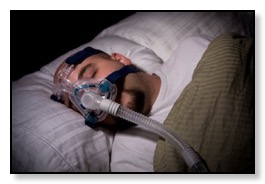
For instance, some devices use a single kind of pressure, while others (such as a Bi-PAP machine) use two types of pressure. Additionally, some machines require the use of a mask, and others demand a nasal device instead. There are some that use warm air humidifiers, and some that rely on cool air.
All of the CPAP devices, however, operate simply by pumping air from the person's surrounding, through a filter and into a small compressor. This compressor is connected to a hose which is joined to the mask that is worn by the patient. This system can be used throughout the entire night, or for a pre-arranged period of time.
The Pros and Cons of CPAP?
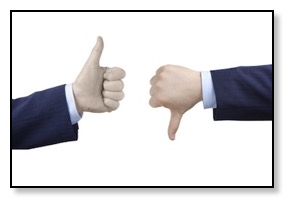
The “downside” to CPAP includes such issues as:
» Difficulty in fitting the mask – this is the most essential factor in using CPAP correctly, but is also very problematic, because a small air leak can lead to discomfort, and often this means wearing a mask very tightly to the face.
» Many people cannot tolerate the pressure created by a properly fitted mask, or the inability to sleep in any position they like, due to the mask’s presence on the face
» Physical side effects – many patients using CPAP devices complain of contact dermatitis (irritated skin and rashes) from the tightness of the mask
» Nasal congestion and runny nose, or dry mouth, dry throat, and irritated airways
» Dry eyes
» Overall discomfort because of the difficulties in sleeping with a device on the face.
» Failure in patient participation – for CPAP to deliver its benefits, the patient has to actively wear the equipment on a nightly basis. This is actually a leading disadvantage to the remedy, because even a single night of discomfort often leads a patient to abandon regular use of the device.
» Travel - it is very difficult to travel with a CPAP machine
Many Different Kinds of CPAP Machines
There are not many differences between the four types of machines, with the exception of how the airway is maintained. This is usually done through different types of controlled pressure. For example:
» CPAP – this style of machine relies upon a single pressure regardless of the cycle in the breathing pattern, and tends to be the most common style used;
» APAP – the Adjustable Positive Airway Pressure machines can adjust on a “breath by breath” basis, creating the ideal respiratory environment for the sleeper;
» Bi-PAP – the Bi-Level Positive Airway Pressure machines use two different pressures - one for the inhalation process, and another for the exhalation process - in order to give the sleeper the support needed; and
» Travel Machines – these are smaller-sized devices with built-in capabilities for adjusting to the needs of altitude as well as offering some stand-alone power options. These can be found in all of the varieties listed above.
The only way to know the right machine for your needs is to work with a physician, and a sleep clinic, to diagnose the breathing requirements of a sleeping patient. It is also a wise idea to invest in devices that have downloadable programming, since this type of device records all breathing incidents, and this helps in meeting the patient’s needs to the best levels possible.
Why People Say They Hate Their CPAP
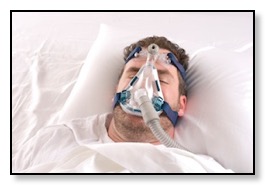
Many patients also complain of the expenditure of running the machines, the need to transport them whenever they travel, and the difficulties in maintaining the devices to keep them clean and efficient. Most patients feel that they have no other options for combating their OSA, but that is not the case, and a qualified sleep apnea dentist is able to provide a very simple and comfortable solution. This is in the form of oral appliances known as Sleep Apnea Oral Appliances, or a Mandibular Repositioning Devices (MRDs) or Mandibular Advancement Devices (MADs).
Alternative Treatments For Sleep Apnea
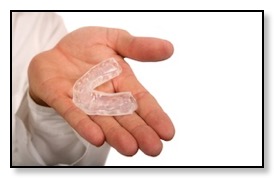
During the day, the patient is in an upright and alert position. This means that the muscles controlling the area are working to keep the airway clear of any type of obstruction. Once they lie down to sleep, however, the lack of cartilage and bone, combined with the complete relaxation of the muscles, allows the soft palate to collapse back on itself and obstruct the air passage.
How Do Oral Appliances for Sleep Apnea Work?
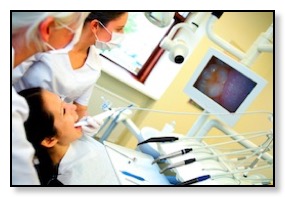
Many patients visit their dentist to get oral appliances as a way of curing snoring, while many physicians also refer patients to using oral appliances as a reliable and more comfortable method for treating sleep apnea. The trick is to work with a dentist who has experience in providing this type of treatment, an alternative to the traditional CPAP therapy. Dr. Sherry Tsai of Millbrae Dental Care is a unique provider of sleep apnea dentistry. She has been trained in TMJ and neuromuscular dentistry and uses a combination of muscle-relaxing and jaw-repositioning to help patients avoid the need for CPAP equipment.
Deciding on Oral Appliances
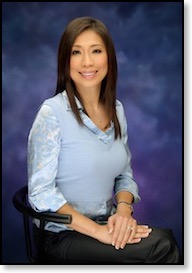
The patient will then get to see the different types of apnea mouth guards available, and learn which of the designs is most likely to help them with their condition. The patient can then discuss any concerns or fears they might have with the dentist. Interestingly enough, the two most common concerns about oral appliances relate to the initial discomfort associated with wearing them, and excessive salivation. Both issues tend to appear and disappear rapidly within the first few days of use, and never become an ongoing problem.
Using sleep apnea and neuromuscular dentistry techniques, Dr. Tsai can help patients to find the solution they need for their symptoms. She provides sleep apnea sufferers with a more natural and holistic approach to treating their condition without the need for electronic equipment, invasive surgery, or uncomfortable face masks.
For more about Dr. Tsai’s training and experience, please click here.
Treat Sleep Apnea & Snoring Without a CPAP Machine
Have Sleep Apnea questions? Schedule an appointment with Dr. TsaiOr you can always email or call us: (650)-583-5880
📩
Send us Email
📅
Request Appointment